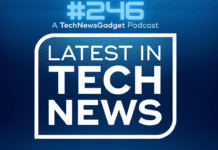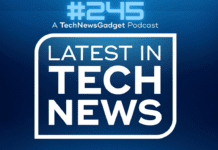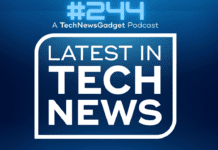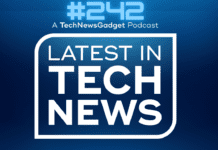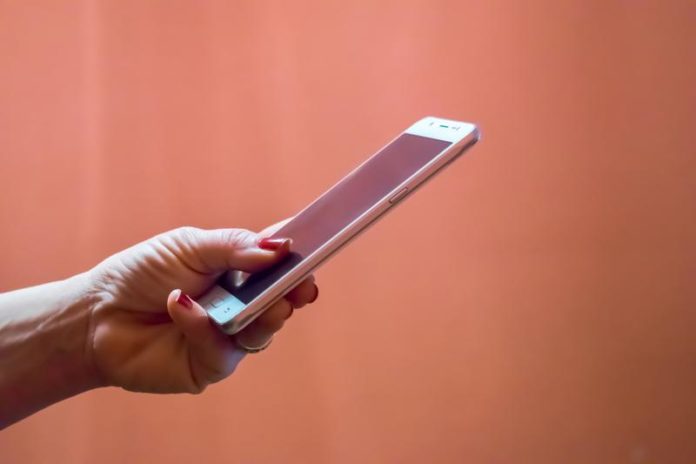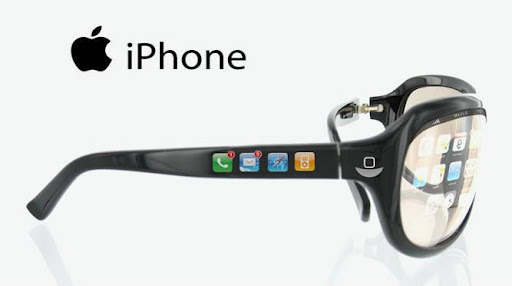The use of cell phones has become so commonplace that we really can’t imagine life without them. Whether you want to surf the web, send a text or play your favorite game, your phone can now compete with a laptop in terms of data speed and function. While the first commercial cell phone was released in 1983 and lasted only 30 minutes, the newest 5G technology can nearly match a wired network in terms of speed and data transmission.
What Are These Gs?
The G stands for generation of cell phone network. The higher the number is before the G, the more recent the technology is. When cell phones first appeared on the scene in the early 1980s, they were only designed for voice communication and worked entirely on analog systems. In the early 1990s, 2G technology was the first generation to use digital tech, according to Be Business Ed. 2G was a huge leap forward in terms of both speed and security; it was able to transmit data at speeds of 14.4 Kbps, which made 2G able to compete with the modems of the era in terms of speed. In 2001, third generation technology or 3G was introduced. It was a giant leap forward for cell phone technology, giving us speeds that were roughly four times faster than 2G speeds. With data speeds of 200 Kb per second to 7.2 Mb per second, 3G speeds were a significant improvement with an average data transmission speed of 384 Kbps. 4G has had an average data speed of 100 Mbps — but 5G? 5G tech offers us a blazing 10 Gbps.
What’s the Next Generation Looking Like?
The fast speeds of 5G promise to change our lifestyle landscape. Besides faster gaming and smoother streaming, 5G will soon give us the possibility of self-driving cars, faster video conferencing from our smartphones and generally facilitating the Internet of Things. 5G technology has been available in the United States in select cities since December 2018. However, it’s expected to stretch into 2020 and later before the majority of the USA has extensive 5G coverage. The highest speeds expected with the 5G network are up to 20 gigabits per second in the hotspots, according to CPSB.
5G technology uses 24.25 GHz bandwidth, which is adjacent to the 23.6 to 24 GHz band that is used by NASA and NOAA. Agencies such as NASA and NOAA have complained to the FCC that extensive commercial use of 5G bandwidth will interfere with their studies. They have complained that it will create “noise” in their signal, particularly in major cities. The federal agency states it may affect the agencies’ ability to predict hurricanes. This may be delayed up to two or three days if no bandwidth protections are put into place by the FCC.
What Can We Expect for Our 5G Landscape?
Joining NASA in the complaints to the FCC about bandwidth regulation are NOAA, the US Navy and Boeing, to name a few. However, the current seems to be unstoppable; 5G technology is currently offered in approximately 20 US cities, and more are still to come, according to TMobile.
With such large consumer demand for 5G technology and the increased function it will bring, it will only be a matter of time before 5G is available across the country. Be sure to stick with us for timely reporting of current trends in technology to be prepared for the future.







